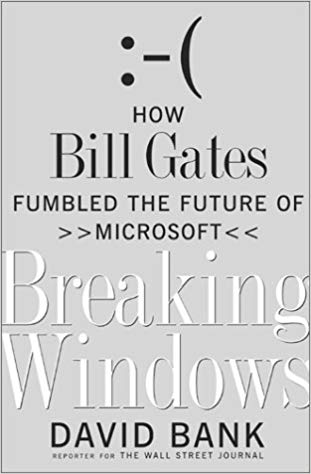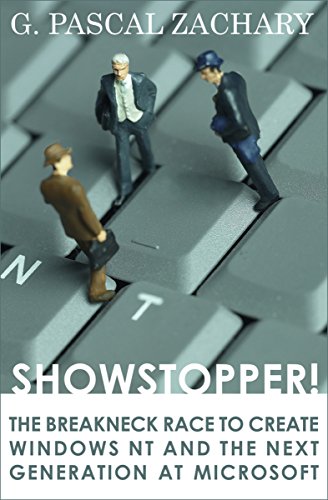Mount Moon is an interesting place. Located in northern Kanto, it's notable not only for its wealth of Pokémon Fossils, but also its extraordinary rate of meteorites per year. I spoke with Gym Leader Brock about it before leaving Pewter City and learned that it was somewhat a rite of passage for Pokémon trainers heading out from western Kanto to the eastern plains. There were certainly easier ways to get to Cerulean City and Saffron City, but Brock assured me that if I was serious about Pokémon training, Mount Moon was the best way to go.
Mount Moon is an arduous climb and littered with numerous interlocking caves that weave beneath the peak. It was not for the faint of heart, but it would be a chance to bond with my Pokémon in the wilderness. I used some of the winnings I earned at Brock's gym to stock up on food, potions, and a handful of Pokéballs before setting out down Route 3 toward the famous landmark mountain.
Along Route 3, I battled a very enthusiastic Shorts Appreciation Fan Club. Delightful young trainers eager to challenge Brock and head off on their own through Mount Moon, but mainly obsessed with shorts. It was along this route and among these youngsters that I first heard the name Team Rocket whispered. According to these young campers and hikers, Team Rocket had set up an operation of sorts at Mount Moon and their presence there was deterring a lot of trainers from passing through.
Back then, Team Rocket was an organization to be feared. They had a lot of influence over everyday life in Kanto, and very few people had the courage to stand up to them. However, as a newcomer to the Kanto region, I was truly clueless at the time. I could see that the kids were unsettled by the thought of Rocket grunts lurking in the caves of Mount Moon, but I was incapable of understanding what this threat meant to them, or what it would come to mean to me. I pressed onward down Route 3 hoping to reach the base camp and Pokémon Center at the foot of Mount Moon before nightfall.
Along the way, I managed to catch a Spearow who I gladly added to the team. I named him Shakespear. Shakespear would come to serve me well inside the dark tunnels of Mount Moon. He needed some training before we entered, so I set to work using the base camp as our new base of operations. Shakespear proved to be a formidable bird and was not unlike Kiwi in his ability to grow quickly adept at fighting and training.
While we were training in the shadow of Mount Moon, Lucky developed a powerful psychic attack that had the potential to inflict confusion upon his opponents, and I noticed Nibbles able to inject a bit of poison from the tip of his horn with some regularity. I was certainly impressed in the team's progress. It was time to start our trek through the underbelly of Mount Moon.
 |
| The Zubat was one of the easier Pokémon to sketch, due largely in part to their huge colony within Mt. Moon. |
As we methodically made our way through Mount Moon, I was determined to get Vesper up to par with my other traveling companions. He would often open up a battle with other Zubat, or with the occasional trainer we found along those winding paths, only to be replaced with Shakespear who was an absolute terror in those tunnels.
Shakespear earned his place on my team as the number one Zubat deterrent on Mount Moon. He could out-perform them at every turn, pecking them out of the sky and sending a message that we were not to be trifled with by other Zubat. Those other Zubat did not get that message, however, and continued to plague us the entire time.
Among the outer caves of Mount Moon, I ran into a wide variety of trainers. As Brock had mentioned, it truly did seem as a thoroughfare for aspiring trainers to test their resolve against both the forces of nature and each other. In this particular case, Mount Moon served to test young trainers against a never ending onslaught of territorial Zubat. There were young boys and girls, among them a bug catching kid who wandered too far from Viridian Forest, I presume. I passed and challenged the occasional hiker and a science enthusiast. None posed much of a problem for my team and the pain of losing Rascal felt like it was passing somewhat.
In the heart of Mount Moon, I finally encountered members of Team Rocket. As I approached in the darkness, I heard them talking. Another young trainer had passed through quite recently and dealt them a severe Pokémon beating that still had them upset. Instead of keeping him out of their operation, he had apparently just blown straight through them and their Pokémon without hesitation. When they saw me lurking in the darkness, eavesdropping on their conversation, well they decided to take out their frustrations on me.
Although most of them were weakened by this previous trainer to a point where they couldn't even muster a Pokémon to participate, there was one trainer in that dark tunnel I will never forget. He was the champion of their little operation under Mount Moon, and he would make me pay for wandering where I wasn't wanted. He only had one Pokémon to face my five, but it was enough. I was lucky he didn't have any more.
This Rocket Grunt had an absurdly powerful Raticate, an evolution of my previous Pokémon, Rascal. I knew I had to be careful and so I threw out Lucky to face him. Lucky had recently learned to harness particles on its wings into powerful toxins, and so I had Lucky blow a debilitating sleep powder onto the Dread Rocket Raticate as I would come to call it. As expected, the Raticate dozed off gently and opened itself up to tormenting psychic attacks from Lucky.
What I did not expect was its incredible resilience to Lucky's powerful psychic ability. This ability had taken down numerous thick skinned Geodude along the tunnels of Mount Moon, but the Raticate was formidable. I could tell it was almost defeated, but just as Lucky was going to incapacitate it, Dread Rocket Raticate woke up. It quickly evaded the next attempt to spread a sleep powder. Then it bit down and it bit down hard on Lucky. It was a blow so devastating that Lucky was indeed lucky to not pass out from the strain. I had to switch.
I took a moment to collect myself with all the other Rocket grunts gathered around to cheer on their formidable leader and his terrible Raticate. I knew his Raticate was on the verge of defeat. It would only take one more solid hit to knock it out of the fight and claim a victory. Vesper was still useless. Kiwi and Shakespear were valid candidates, because of their speed and agility. But of all my Pokémon, Nibbles had the most solid defense with his very thick hide, so I felt if any of them were going to survive that devastating hyper fang it would be Nibbles.
Sadly, I was wrong. Nibbles came out of his Pokéball twitching his long ears and ready to face any challenge. Nibbles didn't even have the chance to see what hit him. That damned Raticate bit down on Nibbles head so hard that he was done in seconds. There was no time for Nibbles to react. His fight was over before it had even begun. I let out a loud wail that echoed through the caverns beneath Mount Moon, but that exclamation of shock and disbelief was drowned out by the numerous members of Team Rocket whooping and hollering at their leader's small victory.
It would be short lived. Kiwi came out and could sense my distress. He launched a brutal quick attack on the Dread Rocket Raticate and ended the fight in a single decisive blow. Team Rocket was not amused, but they were out of Pokémon and wouldn't dare lay a hand on me with my trained Pokémon at my side ready to defend me.
I carefully excused myself from whatever nefarious plot they were hatching in that large cavern. They allowed me to pass on my way without any more provocation. They probably said a bunch of intimidating junk that those gangster types like to say, but honestly my heart was sunken deep into the ground. I wouldn't have heard anything they said. Although probably meaningless to them, I had failed Nibbles and now we would part ways forever.
Speaking honestly, I had high hopes for Nibbles. He was so small and weak when we met, but he had the heart of a champion. I thought Nibbles would be with me on Victory Road, facing down the Elite Four and the Indigo Champion. I thought we would take on the world together, but these foul Team Rocket hooligans put an abrupt end to that fantasy.
I nursed Nibbles back to good health in some quiet corner of Mount Moon and spent our last remaining moments together just appreciating the company. Much like with Rascal, I tried to explain to Nibbles why it was important to me that he lived out the rest of his life here on Mount Moon (and I could truly think of no better place for him) and why I would have to press on without him. I shed a few tears and gave Nibbles a careful hug, avoiding his poisonous horn. He seemed to understand and with a final look at me, he scampered off into the darkness.
I soldiered on for Rascal and Nibbles. I pressed on to Cerulean.
Current Team:
Attacks in Blue are recently learned.



































